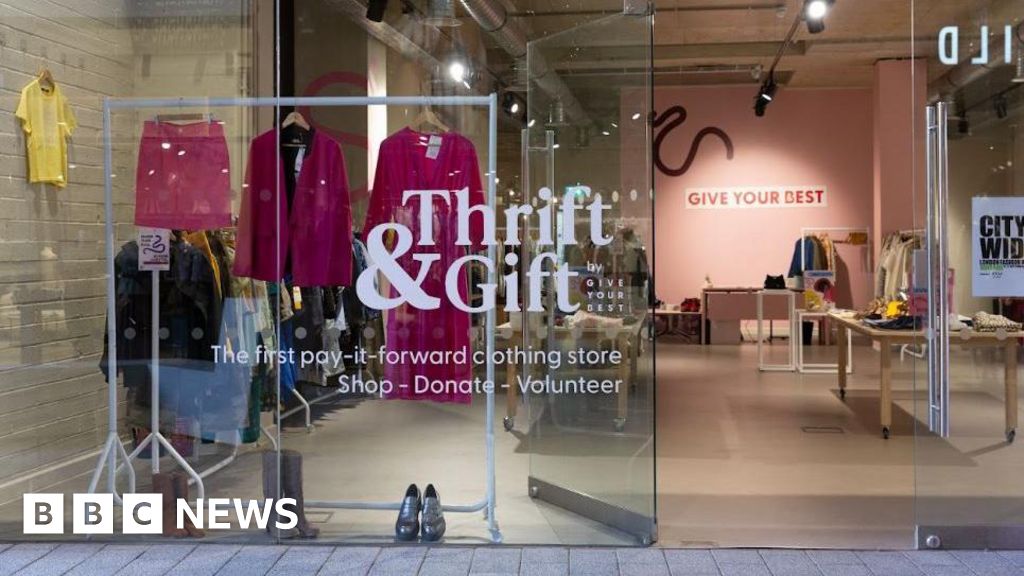Infra
Blue-green solutions can help future-proof London | New Civil Engineer

Extreme weather and climate change are undoubtedly two of the most pressing challenges facing the UK’s cities today.
The verdict of this year’s London Climate Resilience Review only served to highlight this, as it becomes clear that the capital’s water management and flood resilience infrastructure is inadequate in its current state.
Although ineffective water management has the potential to impact all urban centres across the country, as the most densely populated area, it’s crucial to ensure London’s infrastructure is up to the job.
Surface water management specialist Wavin has been working alongside landscaper Meristem Design, to revise existing water management infrastructure in one of central London’s boroughs through sustainable urban drainage systems (SuDS).
A blue-green solution
London’s traditional drainage network – which dates back to the Victorian era – is often overwhelmed, leading to surface water flooding that disrupts communities and damages property. As the capital looks to upgrade its infrastructure, enhancing water management in a way that prioritises both irrigation and greenification is critical.
This is why a London borough brought industry experts on board to design a blue-green solution that would manage water and mitigate flooding, while providing communities with more greenery above-ground.
Following consultations with the local community and stakeholders, the borough sought to refurbish a 0.5km stretch of road – greenifying an entire side of a dual carriageway through the installation of 400m rain garden.
Delivering a ‘smart’ solution
With prolonged, dry periods characterising many of the UK’s summers –three of the hottest summers have been recorded since records began taking place between 2020–23 – a major concern for the borough was the costs associated with maintenance and upkeep of a rain garden. In response, a ‘smart’ rain garden – a traditional rain garden which integrates automation and technology – was proposed and developed.
As part of this project, Wavin’s AquaCell attenuation tank was installed beneath the greenery at street-level to effectively store up to five weeks’ worth of rainwater, in other words 24m3, for use during dry periods. By using sub-surface moisture sensors and irrigation lines, retained rainwater within the tank is only used when needed to water the garden above. This is a key benefit of the smart, automated system provided by Wavin sister business Netafim – another Orbia business – ensuring the borough could reuse water that fell on-site.
As a result, long-term operational costs are kept to a minimum, with no need for local authorities to foot a bill for fresh water to maintain the garden, outweighing initial investments in the system.
Other benefits include mitigating low volume flooding, as during wetter periods the automated system also responds by activating its drain down function, relieving pressure on existing surface water management. The smart rain garden is also equipped with an anti-vandalism system, with all technology like sensors and irrigation lines all located below ground.
By pairing Wavin’s water management expertise with Meristem Design’s landscaping experience, an effective, future-proof solution that benefits the borough and its community was developed.
Thinking ahead
To safeguard urban climate resilience, it’s key that action is taken swiftly to mitigate both the human impact of flooding, as well as its wider impact on our cities.
Thinking further beyond this London borough case, blue-green infrastructure which incorporates solutions like Wavin’s AquaCell tank that provides reliable infrastructure and water management solutions for communities, has a key role to play in the achievement of this.
For more information, visit: https://blog.wavin.com/en-gb/case-studies/aquacell-core-r-rain-garden
Like what you’ve read? To receive New Civil Engineer’s daily and weekly newsletters click here.










